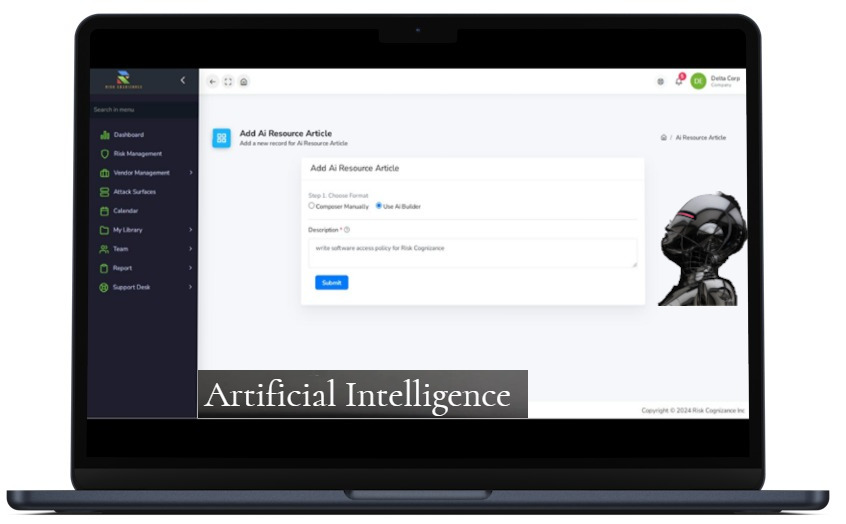
Overview
Empower Your Virtual CISO Strategy with Comprehensive GRC Tools
In today's fast-paced, ever-evolving threat landscape, Virtual Chief Information Security Officers (vCISOs) must navigate complex governance, risk, and compliance (GRC) challenges. Risk Cognizance vCISO GRC Platform provides vCISOs with advanced tools to streamline risk management, ensure compliance, and improve overall security postures. Below, we outline how vCISOs can utilize these features to drive success in their roles.
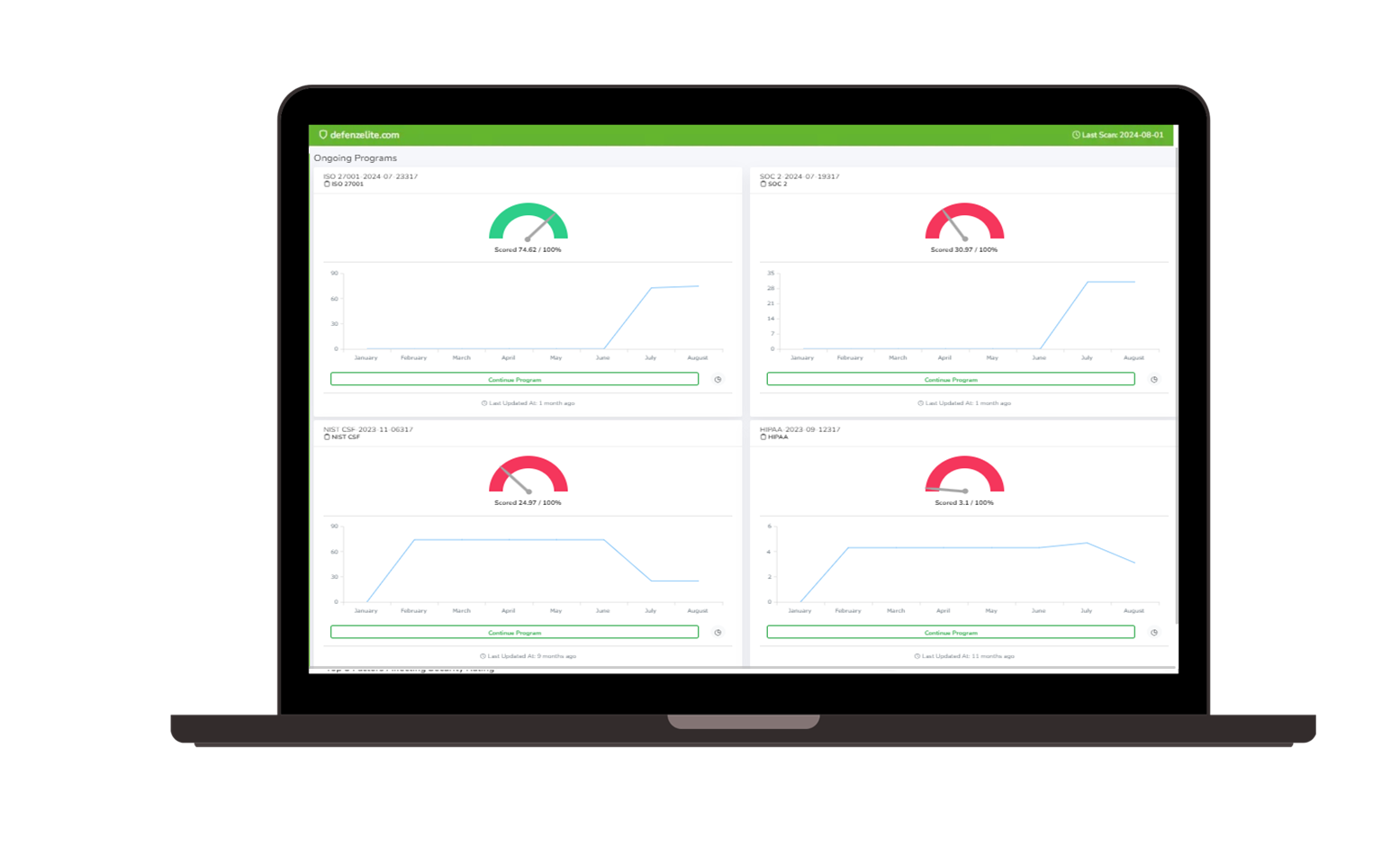 Governance, Risk, and Compliance (GRC) | 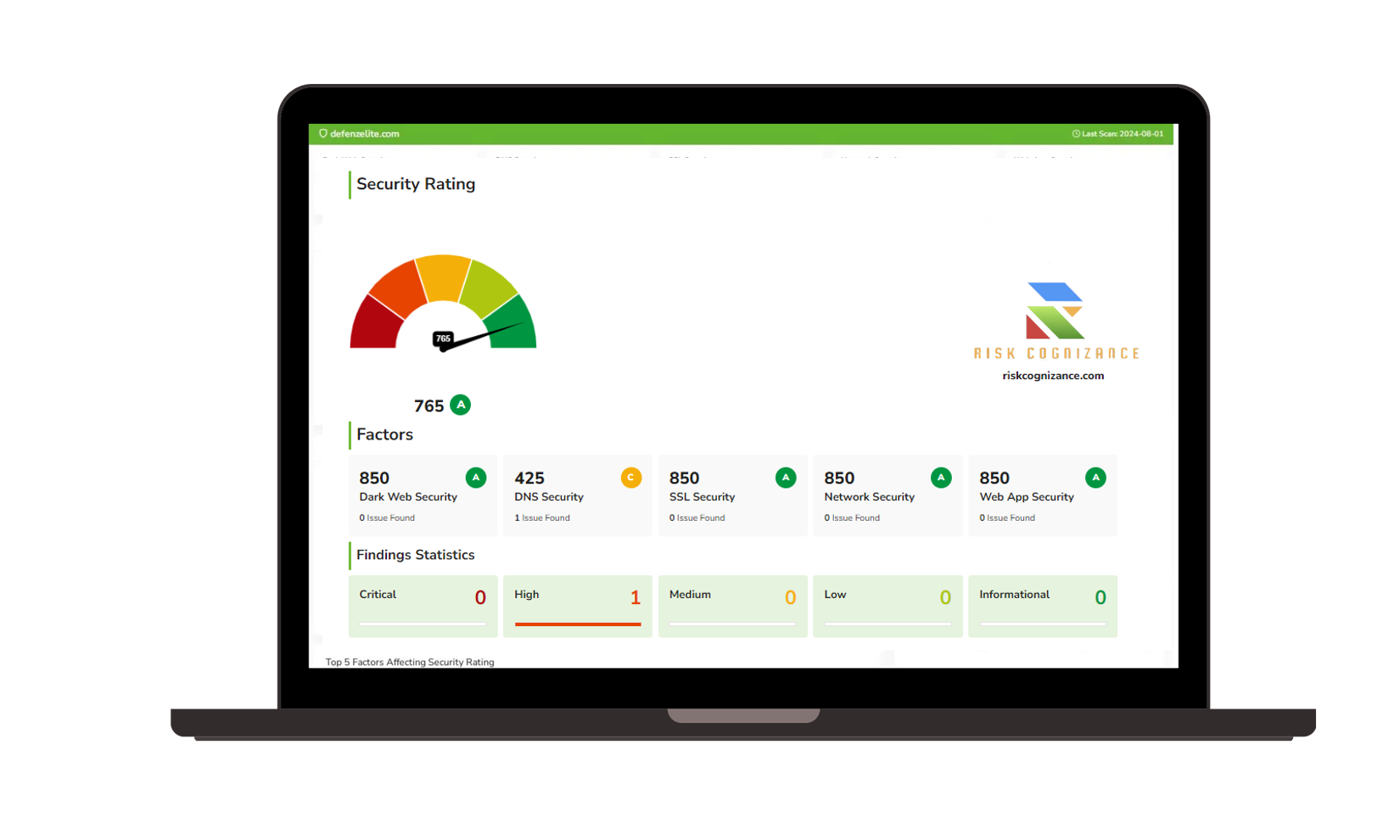 Third-party Risk Management |
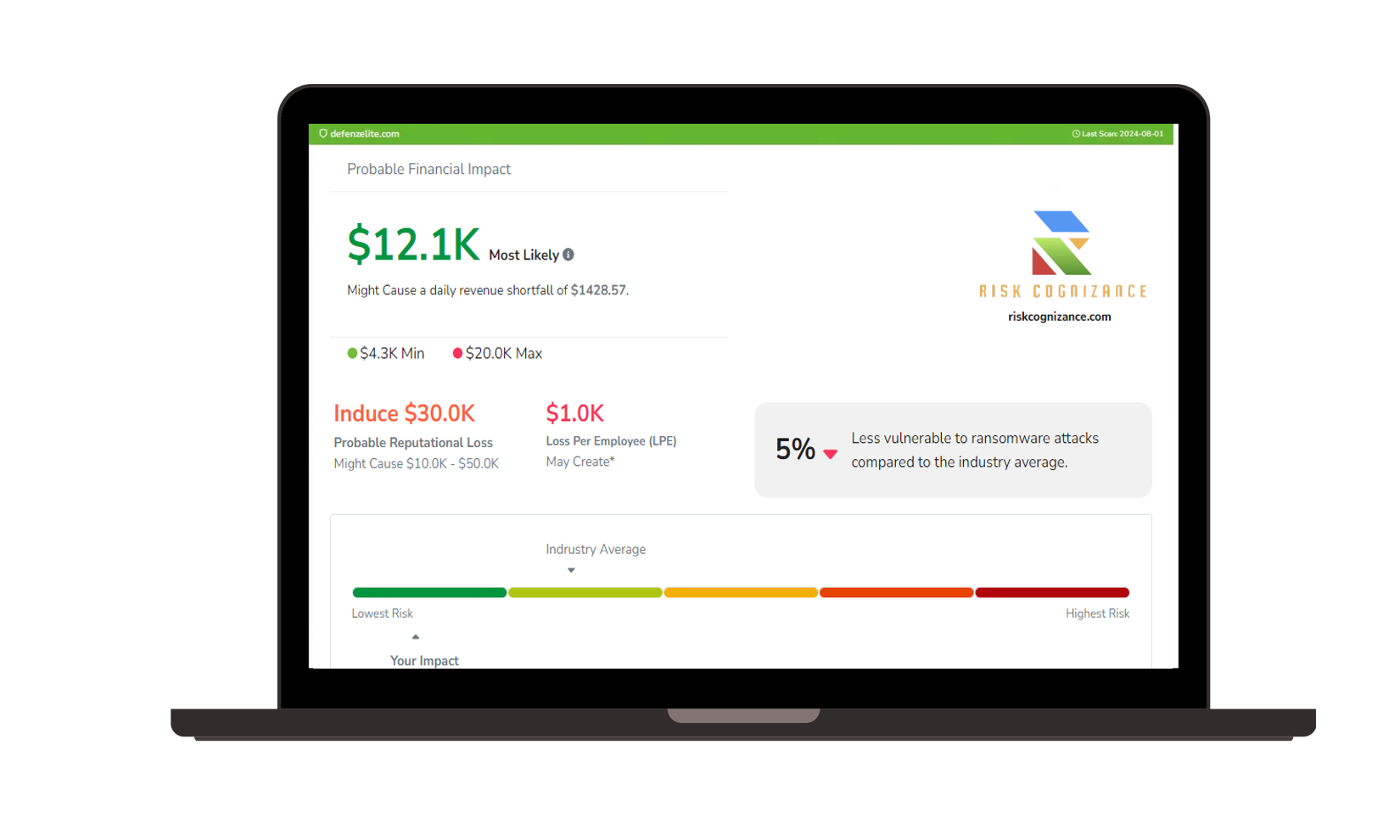 Ransomware Susceptibility | 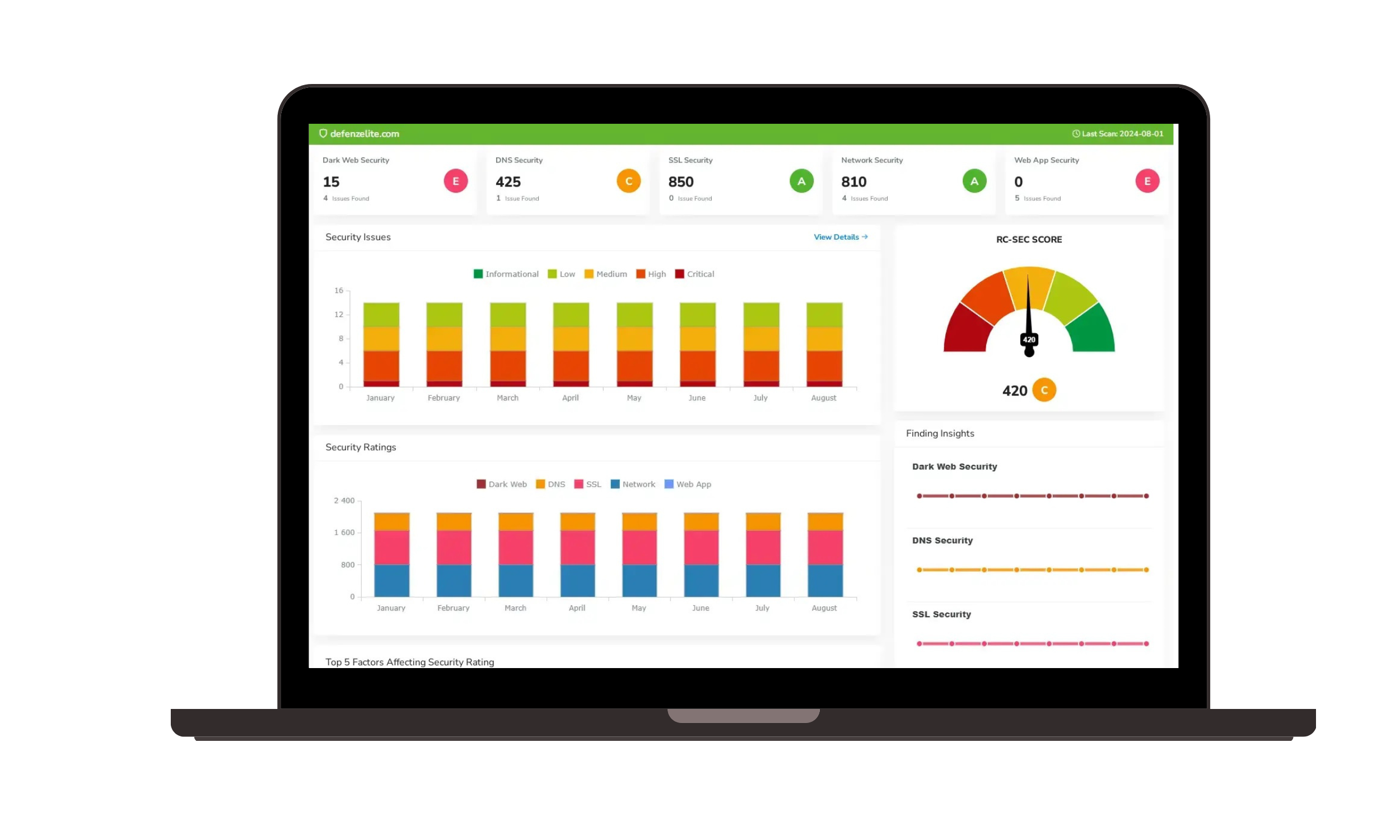 GRC and Attack Surface |
Artificial Intelligence | |
1. Centralized Risk Management:
Risk Cognizance vCISO GRC Platform is designed to support Virtual Chief Information Security Officers (vCISOs) with powerful tools to streamline GRC processes, enabling them to manage risks effectively and ensure compliance across the enterprise.
- Unified Risk Dashboard: vCISOs should use the centralized dashboard to get a holistic view of all risks across the organization. By continuously monitoring threats, they can prioritize which issues to address first and allocate resources effectively.
- Automated Risk Assessment: Set up automated risk assessments that continually evaluate emerging risks. This will allow vCISOs to focus on strategy and risk mitigation rather than being bogged down by manual assessments.
2. Compliance Management Automation:
How a vCISO should use Risk Cognizance:
- Regulatory Compliance Tracking: A vCISO can leverage this feature to track compliance with multiple regulations such as GDPR, HIPAA, and NY DFS. This ensures that the organization stays compliant and avoids fines or sanctions.
- Policy Management Integration: Implement and enforce security policies by utilizing policy management integration to align with regulatory standards. This enables vCISOs to ensure that all teams are adhering to the required security frameworks.
3. Incident Response and Management:
How a vCISO should use Risk Cognizance:
- Incident Workflow Automation: Utilize workflow automation to quickly respond to incidents. By setting predefined workflows, vCISOs can reduce response time, minimize damage, and ensure that incidents are handled consistently across the organization.
- Real-Time Alerts and Notifications: vCISOs should configure real-time alerts to ensure they are immediately aware of security incidents, allowing for quick decision-making and incident management.
4. Audit Readiness and Reporting:
How a vCISO should use Risk Cognizance:
- Comprehensive Audit Trails: Ensure audit readiness by maintaining thorough documentation of all GRC-related activities. vCISOs can use these audit trails during compliance checks or internal audits, simplifying the process.
- Customizable Reporting: Generate customized reports for different stakeholders, from board members to IT teams, to showcase the organization's risk posture and compliance status. vCISOs can use these insights to justify security investments or refine strategies.
5. Third-Party Risk Management:
How a vCISO should use Risk Cognizance:
- Vendor Risk Assessment: Conduct third-party vendor assessments to uncover risks within the supply chain. vCISOs can use these assessments to determine whether vendors are compliant with security standards and take action if they pose a risk.
- Continuous Monitoring: Regularly monitor third-party activities to ensure that ongoing relationships with vendors remain secure. This helps vCISOs manage the risks posed by external partners.
6. Advanced Threat Intelligence:
How a vCISO should use Risk Cognizance:
- Dark Web Monitoring: vCISOs should monitor the dark web for discussions or activities that could threaten their organization. This provides early warnings for breaches or data leaks, allowing the vCISO to take preventive measures.
- Vulnerability Management: Implement automated vulnerability scans to ensure infrastructure is continuously checked for weaknesses. vCISOs can prioritize critical vulnerabilities for immediate action, reducing the organization's risk exposure.
7. Customizable Risk and Compliance Frameworks:
How a vCISO should use Risk Cognizance:
- Tailored Frameworks: Customize the platform’s risk and compliance frameworks to align with the organization’s specific needs, industry requirements, and regulatory obligations. vCISOs should adapt these frameworks to suit the organization's evolving security posture.
- Flexible Implementation: Implement industry-specific security frameworks to ensure your GRC strategy remains relevant and effective in tackling the most pressing risks.
8. Integration with Existing Security Tools:
How a vCISO should use Risk Cognizance:
- Seamless Integration: Connect Risk Cognizance with existing security tools (e.g., SIEM, XDR, and IAM) to create a unified security management ecosystem. This helps vCISOs enhance visibility across all security layers and streamline data collection for GRC purposes.
- Enhanced Collaboration: Use the platform’s integration capabilities to improve communication and collaboration across departments, ensuring GRC strategies are effectively implemented throughout the organization.
9. Continuous Improvement and Adaptability:
How a vCISO should use Risk Cognizance:
- Ongoing Risk Reviews: vCISOs should schedule regular reviews of risk assessments and compliance metrics to ensure that the GRC strategy is adaptable and evolving with emerging threats.
- Feedback and Adaptation: Use feedback from the platform’s analytics to continually adjust and enhance security practices, improving the organization’s ability to defend against new types of attacks.
10. Scalable for Any Organization:
How a vCISO should use Risk Cognizance:
- Flexible Solutions: Scale the platform to accommodate the specific needs of the organization, regardless of its size. This scalability allows vCISOs to implement GRC processes that are robust enough for larger enterprises while remaining accessible for smaller businesses.
- Industry-Specific Customization: Tailor security and compliance solutions to industry-specific requirements, ensuring that the organization’s GRC posture aligns with its regulatory obligations.
11. User-Friendly Interface and Accessibility:
How a vCISO should use Risk Cognizance:
- Intuitive Platform: vCISOs should take advantage of the platform’s user-friendly interface to simplify GRC management tasks. This ease of use enables security teams to execute GRC processes efficiently without extensive training.
- Mobile Accessibility: Use mobile features to maintain oversight of GRC activities while on the go, ensuring continuous monitoring and management of security risks, even when remote.
Transform your virtual CISO strategy with the Risk Cognizance vCISO GRC Platform. Leverage a comprehensive set of tools to elevate your governance, risk, and compliance management. Request a demo today to explore how this platform can be the backbone of your vCISO practice.
Book a Demo
